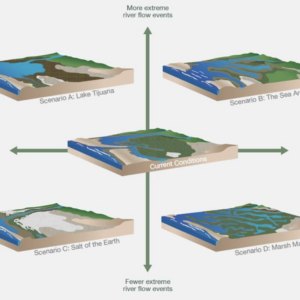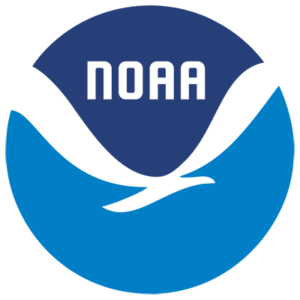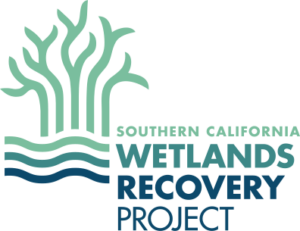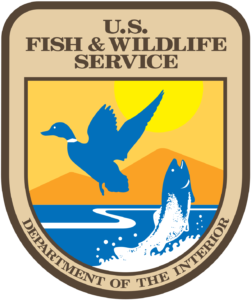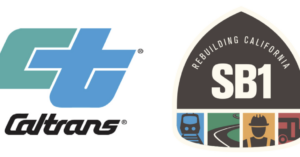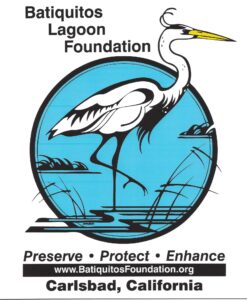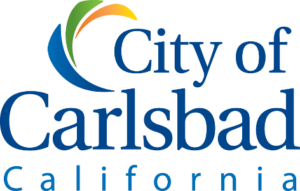Project overview
The Climate Understanding and Resiliency in the River Valley (CURRV) initiative and the Temporal Investigations of Marsh Ecosystems (TIME) project both integrated climate science and resilience planning into programs, projects, and management strategy at the Tijuana River National Estuarine Research Reserve (TRNERR). The overarching goal was to build upon a regional commitment to understand and adapt to climate change. This was addressed in tandem. Via the CURRV initiative, TRNERR collaborated with a diverse stakeholder group to conduct a vulnerability assessment that informed the development of adaptation strategies addressing the impacts of climate change, specifically sea level rise and riverine flooding, to develop a scenario planning style of management. Via the TIME project, TRNERR worked with collaborators to create a robust set of tools to help resource managers use information about the past, present, and future of wetland ecosystems to proactively steer restoration and management goals.
Research conducted
Throughout 2012-2016, the TIME project brought together the perspectives of scientists and managers to address key needs identified by Southern California Wetlands Recovery Project (SCWRP) and the Tijuana River Valley Recovery Team (TRVRT) by developing a decision-making framework. It conducted an issues assessment, characterized ecosystem services provided by coastal wetlands in southern California and how they may change over time, incorporated information gained from historical ecology studies, and developed GIS-based visualization tools to assess historical and future potential characteristics of the Tijuana River Estuary. SCWRP worked with Esri to create GIS-based visualization tools in a 1-2 year process.
To create future scenarios of the Tijuana River Valley, the CURRV initiative utilized the relationship between two primary variables to frame the development of four separate scenarios: tidal prism, and extreme river flow events. Each scenario was developed in three stages through discussions at workshops and in one-on-one interviews with researchers, resource managers, and local agencies where they based possibilities on key changes: physical landscape — experts outlined how changes in tidal prism and extreme river flow events may alter how important physical characteristics shape the landscape; natural habitats — considering the physical scenario characteristics identified in the previous step, the key factors that affect the health of each habitat-type were identified; and the built environment — the results from the previous two steps were used as a platform to discuss how changes in the physical landscape and natural habitats may impact critical infrastructure and management approaches.
Findings
A notable outcome of CURRV and TIME were the visualization tools to be used for future management and planning. Ultimately, we refer to four possible future scenarios of the Tijuana River Valley. The final CURRV report can be found here.
Outcomes & impact
CURRV and TIME have aided the Tijuana River Valley Recovery Team (TRVRT) in addressing one of its priority action areas listed in the Recovery Strategy to help protect and enhance natural resources throughout the region. The development and implementation of these adaptation strategies and visualization tools will continue to help local communities adapt to climate change and increase ecosystem resiliency by providing jointly developed recommendations to coastal decision-makers on how to consider climate change in managing our natural resources and built infrastructure.

